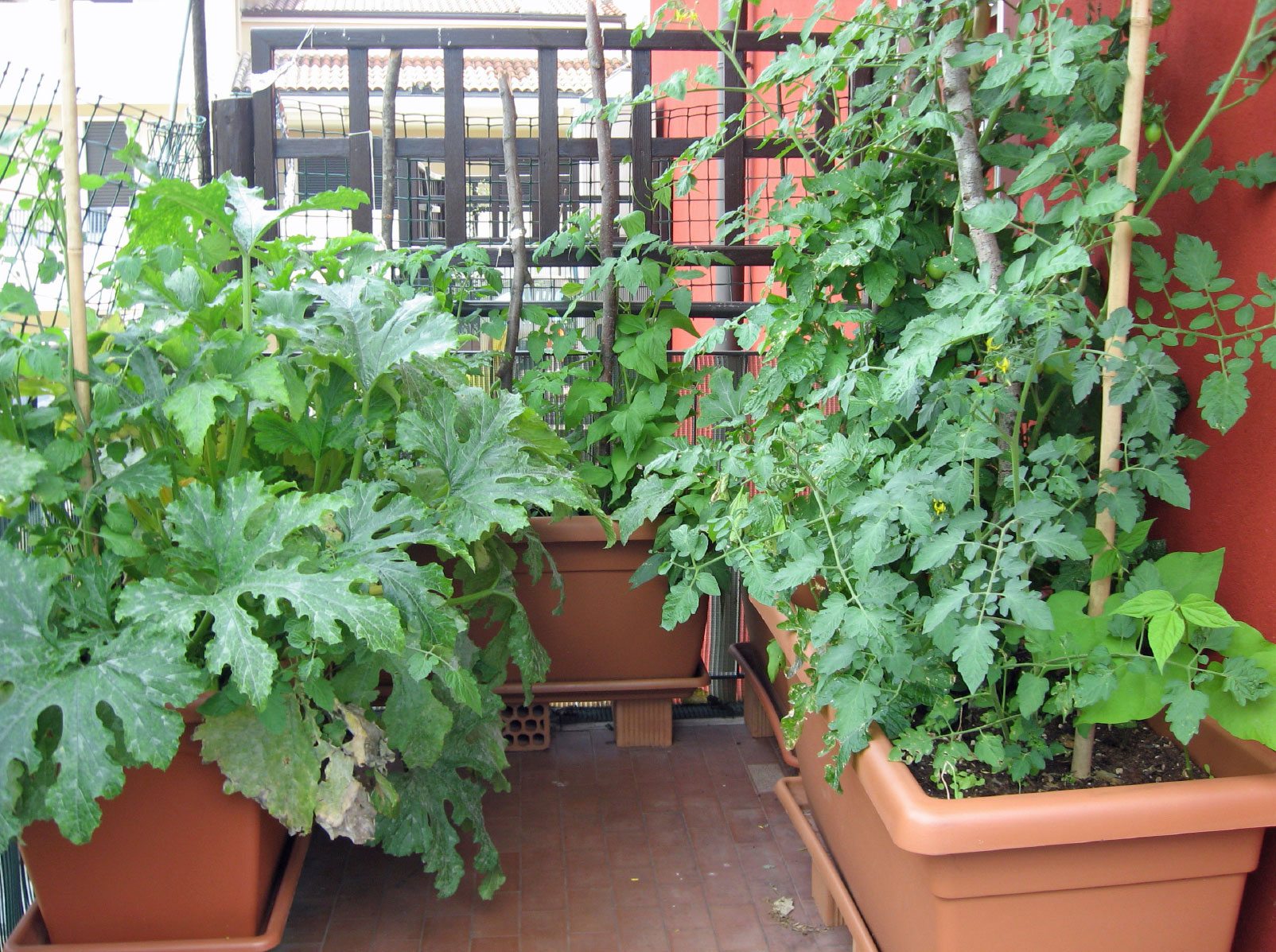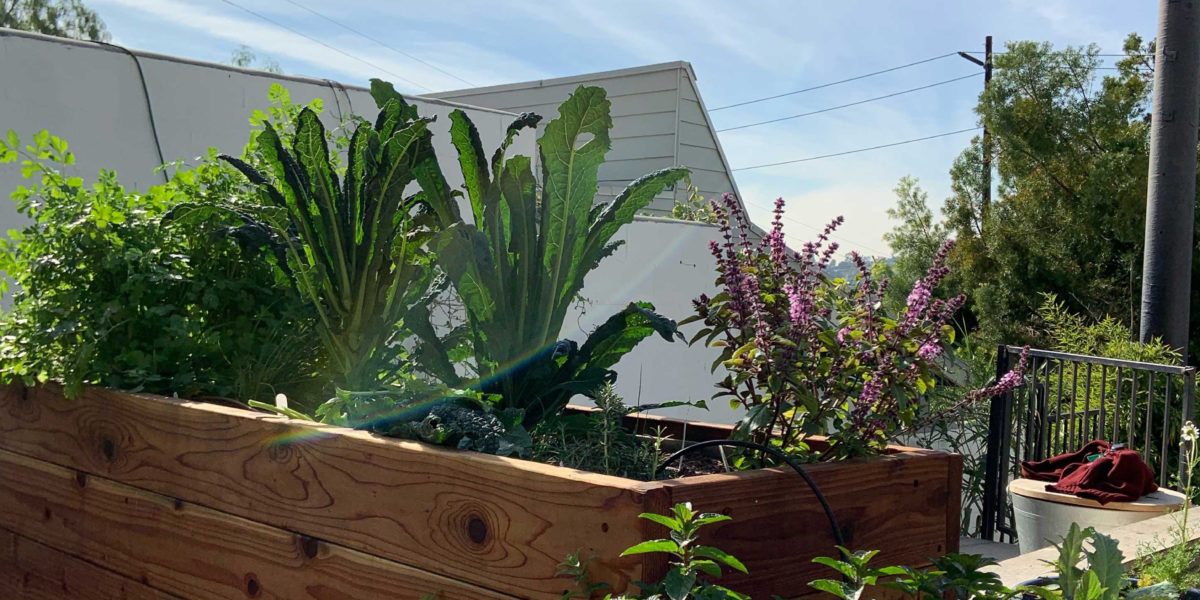City Blooming Fundamentals Explained
City Blooming Fundamentals Explained
Blog Article
The Buzz on City Blooming
Table of ContentsThe Facts About City Blooming UncoveredSome Of City BloomingThe Of City BloomingThe Main Principles Of City Blooming Some Known Details About City Blooming
Fascinated in expanding food available for sale in the City of Chicago? Considering beginning a neighborhood garden? Modifications to the Chicago Zoning Statute enable agricultural usages like neighborhood gardens and city ranches in several parts of the city. Below is a list of frequently asked questions regarding the policies and policies that growers need to take into consideration when intending a city agriculture task.
The zoning amendment does not customize any type of various other codes handling composting, building licenses, purchasing or renting City owned building, business licenses or ecological contamination. There are existing codes that manage these problems and they remain completely impact and may be appropriate to your project. Neighborhood yards are commonly owned or managed by public entities, civic organizations or community-based companies and preserved by volunteers.
Urban ranches grow food that is meant to be sold, either on a not-for-profit or for-profit basis. Because of their commercial function, metropolitan farms require an organization license. Yes. A neighborhood yard is enabled to offer surplus produce that was expanded on website if the sales are accessory or secondary to the garden's main function explained above.
All About City Blooming
The amount of compost material can not go beyond 25 cubic lawns at any type of provided time according to the criteria in 7-28-715 of the City's Municipal Code. Due to the fact that the dirt at a lot of new garden sites needs modifying, compost, soil, wood chips, or other products can be gotten to construct or improve the expanding space.

If a building authorization is called for after that the hoophouse will be considered an accessory building. You can learn even more regarding the building permit requirements by contacting the Division of Buildings. The 25,000-square-foot dimension limitation is intended to stop a single area garden from dominating a provided block or diminishing the block's existing household or industrial character.
The restriction does not use to yards located in Public Open Space (POS) areas. Can there be greater than one neighborhood yard that is 25,000 square feet on a solitary block? Yes. The size limitation relates to individual yards, not to specific blocks. No. Fencing is not needed, nonetheless, yards that have large car park areas may be called for to mount fencing or other landscape design functions.
The 10-Minute Rule for City Blooming
B1 & B2 areas need that all industrial usage tasks be performed inside. R areas limit industrial task. The regulations show the purpose and intent of the Zoning Code. Is fence required for city farms? Yes. Fences may be called see this page for, together with landscaping and screening, for particular parking lot and exterior job or storage space areas depending upon location and the specific task occurring.
Urban farms require building permits and zoning approvals prior to building (sustainability). Various other types of city evaluation may be required depending on details structures, tasks, size, landscaping, licensing, public health and stormwater administration problems.
The Department of Business Matters and Consumer Protection can assist identify the details type of organization certificate that's called for. Off road car park is needed for many industrial projects in Chicago. The called for number of parking areas is based on the number of staff members working on site and not the square footage of the expanding space.
Little Known Facts About City Blooming.

A metropolitan ranch can sell garden compost material created on website, however, the operation has to abide with the regulations in 7-28-715 of the Chicago Municipal Code. Aquaponic systems are allowed indoors on urban farms in several zoning areas.
Approximately five hives or colonies of honey bees might be maintained as an accessory use. However, beekeepers must sign up with the Illinois Department of Agriculture. To learn more regarding the suggested zoning modification you might get in touch with the Division of Real Estate and Economic Growth, Bureau of Planning and Zoning at 312.744.8563.
Farming in cities and city locations A city farm in Chicago. Urban farming describes various methods of growing. https://www.imdb.com/user/ur183982377/?ref_=nv_usr_prof_2, processing, and dispersing food in metropolitan locations. The term additionally puts on the location activities of pet husbandry, tank farming, beekeeping, and horticulture in a metropolitan context. Urban agriculture is identified from peri-urban agriculture, which occurs in rural locations beside residential areas.
Not known Factual Statements About City Blooming
, that look for to develop social networks founded on a common ethos of nature and community holism. These networks can develop by method of official institutional support, becoming incorporated into neighborhood community planning as a "change community" movement for sustainable urban development.
Some of the initial evidence of metropolitan agriculture comes from Mesopotamia.
Report this page